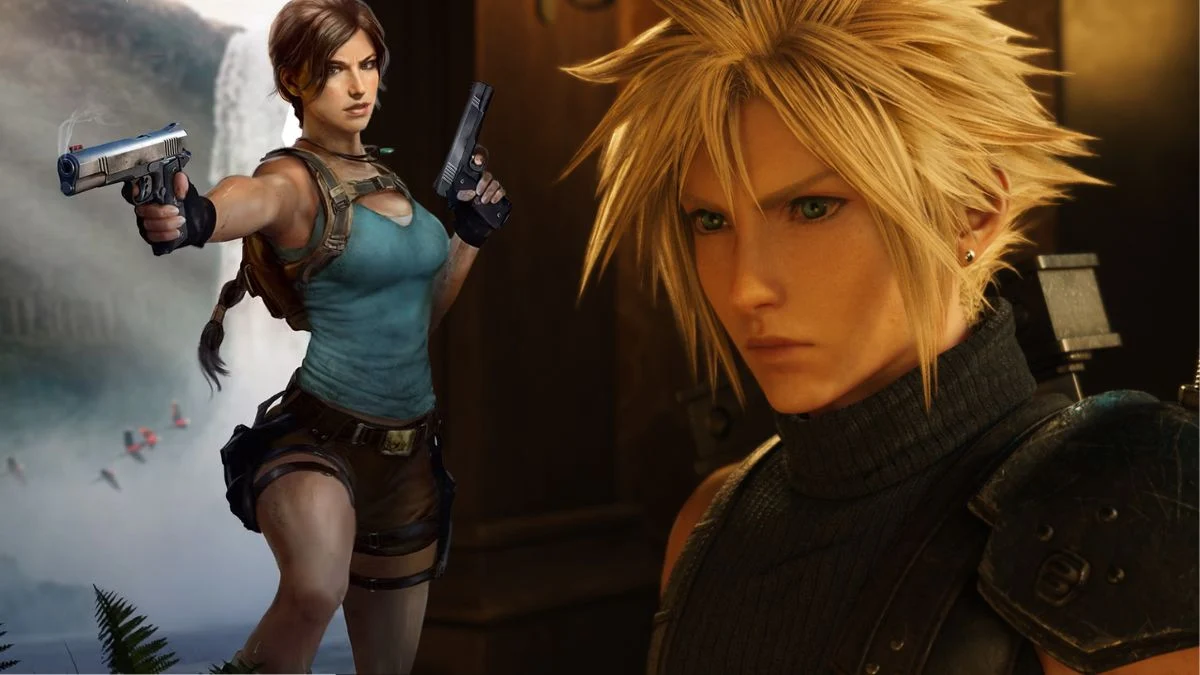
As a fan, it’s amazing when characters feel so real you just *know* them. You hear their name and immediately you’re picturing exactly how they look, remembering their catchphrases, and even their best moves. They become more than just pixels on a screen – they’re on everything from controllers to backpacks, and everyone recognizes them, no matter how long they’ve been playing!
This collection celebrates the creators who revolutionized gaming genres, boosted new consoles, and changed how stories are told in video games. You’ll find the original innovators of platforming, stealth, action, and role-playing games. Each entry briefly explains where they first became famous and quietly acknowledges the talented teams who helped bring their visions to life.
Mario
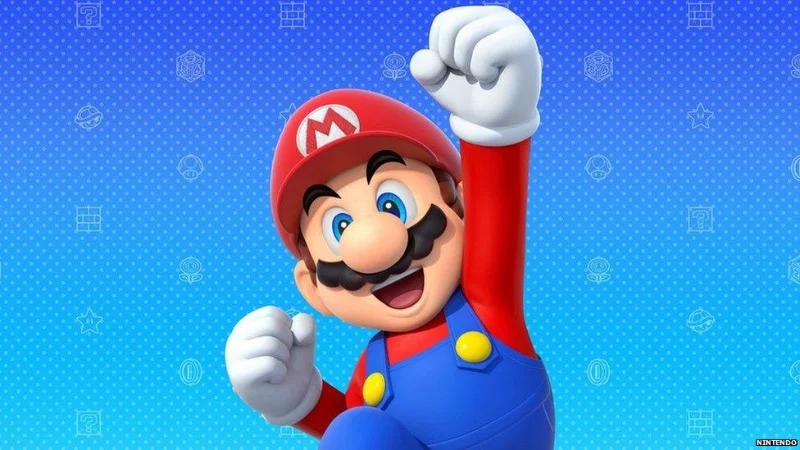
Mario first appeared as a skilled carpenter in the game ‘Donkey Kong’ and later became the star of ‘Super Mario Bros.’, which greatly influenced the design of side-scrolling games. Over time, his abilities expanded with items like the Super Mushroom and Tanooki Suit, and his realistic jumping mechanics became a standard for the platforming genre.
Mario is still central to Nintendo’s family-friendly games. While spin-offs like ‘Mario Kart’ and ‘Paper Mario’ have broadened his appeal, he maintains his instantly recognizable look and simple, clear movements.
Link
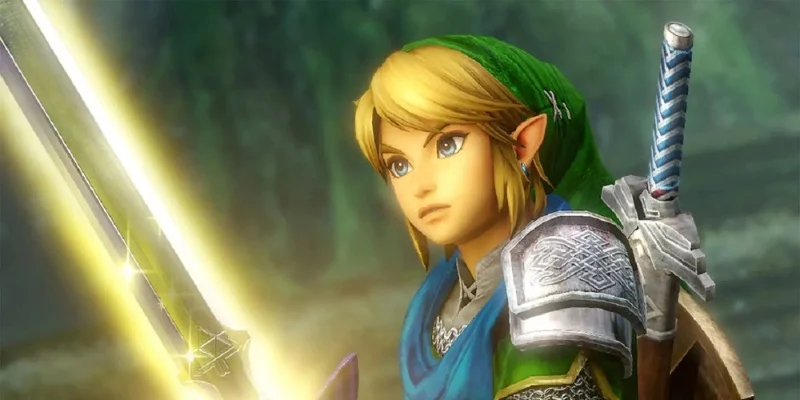
Link, the main character in ‘The Legend of Zelda,’ is a quiet hero who journeys through the world of Hyrule. He overcomes challenging dungeons by collecting useful items and learning new skills. This cycle of exploring, solving puzzles, and defeating bosses became a defining feature for many adventure games that followed.
Nintendo has maintained Link’s core character while creatively changing how the games are built, as seen in ‘Breath of the Wild’ and ‘Tears of the Kingdom’. These games use realistic physics and allow players to explore freely, leading to fresh ways to solve familiar challenges.
Sonic the Hedgehog
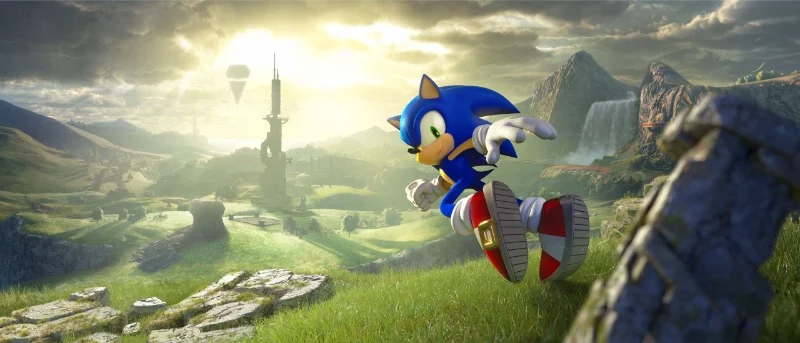
The original ‘Sonic the Hedgehog’ game emphasized fast-paced action and building up speed. It transformed familiar elements like loops, springs, and ramps into clear pathways for players to follow. Collecting rings served a dual purpose – acting as both a way to stay alive and to earn points, which created an exciting balance between taking risks and playing it safe.
Sega’s Sonic Team designed the character with a focus on attitude and a clear, simple shape, making it easy to follow his fast movements. This foundation then allowed the Sonic brand to expand into 3D games, animated shows, and a thriving community of speedrunners.
Pac Man

Pac-Man simplified gameplay to just moving around, chasing, and being aware of the right moment, all within a maze. Eating power pellets briefly let you turn the tables on the ghosts, meaning players had to learn their movement patterns and how to take advantage of those opportunities.
Namco created this character to be instantly appealing and memorable in arcades. Its unique design and sounds were easily adapted for various platforms, from early tabletop games to today’s collections.
Lara Croft
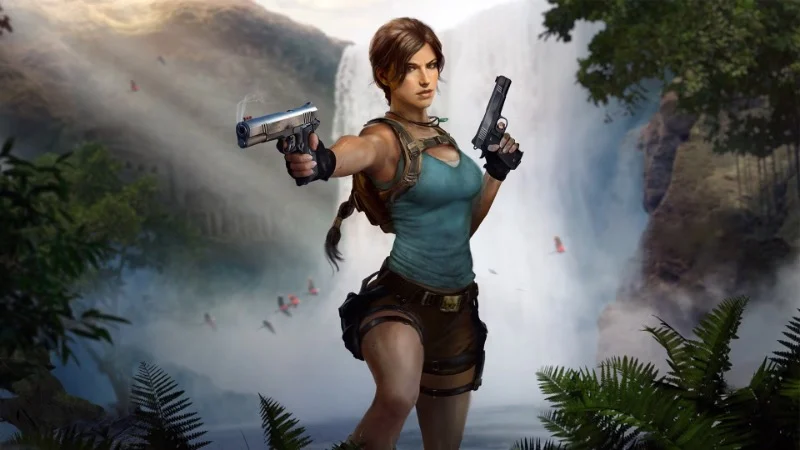
Lara Croft first appeared in ‘Tomb Raider’ as an adventurer exploring ancient ruins around the world. The game featured climbing, solving puzzles in enclosed spaces, and fast-paced gunfights with dual pistols. Players succeeded not by strength, but by carefully observing their surroundings to find hidden rooms, solve riddles, and collect important artifacts.
Core Design first created her as a pioneer of 3D platforming games. Later, Crystal Dynamics revamped her backstory, emphasizing survival elements while still maintaining the exciting movement and puzzle-solving that defined the series.
Master Chief
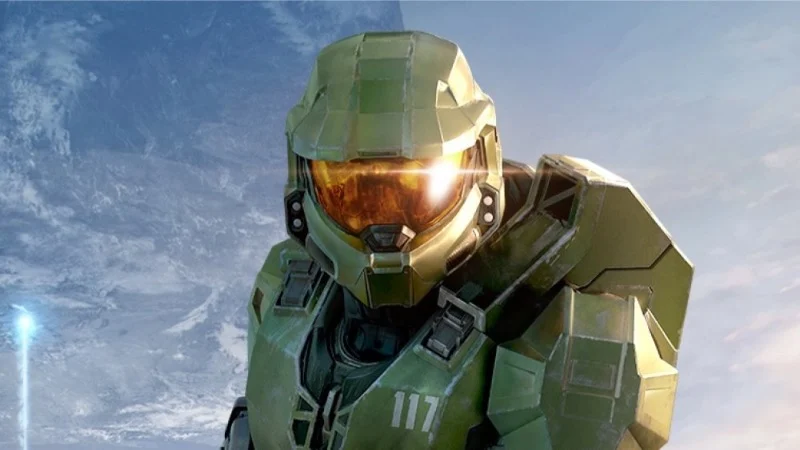
The original ‘Halo’ game, starring Master Chief, featured a unique design with players only able to carry two weapons at a time. Shields recharged automatically, and enemies were programmed to use tactics like flanking and throwing grenades, encouraging strategic gameplay. The game seamlessly blended vehicle combat with on-foot battles, giving each mission an open, exploratory feel.
Bungie originally created the feel and gameplay of the Halo series, and 343 Industries built upon that foundation with improved features, regular updates, and a continued focus on the Master Chief as the face of Xbox’s shooting games.
Solid Snake
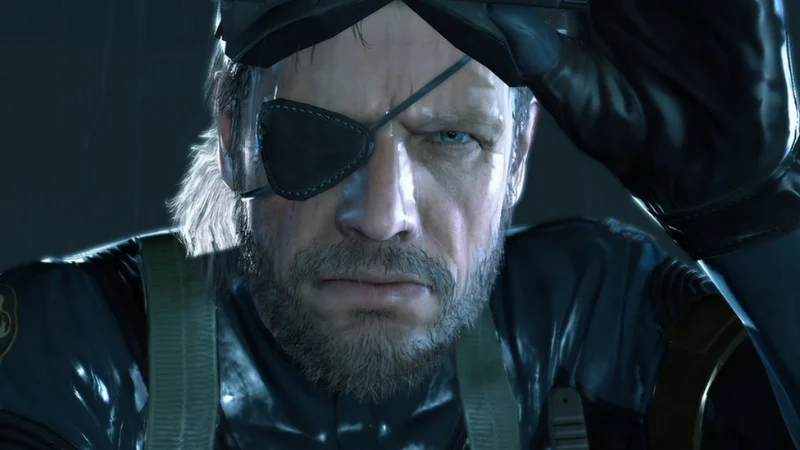
Solid Snake’s ‘Metal Gear’ and ‘Metal Gear Solid’ games popularized stealth gameplay. They used elements like enemy vision, sound, and radio communication to make sneaking the main way to play. Battles with bosses weren’t just about reflexes; they also tied into the story.
Konami’s Kojima Productions developed the character while exploring ideas about controlling information and the use of military technology. They also improved the game’s stealth mechanics in later versions, emphasizing careful planning and understanding your surroundings.
Samus Aran
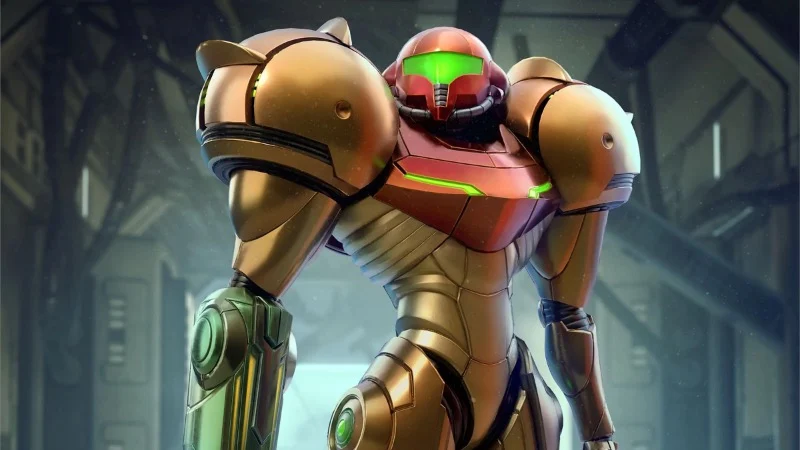
In the original ‘Metroid’, Samus Aran navigated a world of connected areas. Finding upgrades, such as the Morph Ball and Ice Beam, allowed her to revisit old locations and unlock previously inaccessible paths. This encouraged players to remember the map and carefully plan their routes.
Nintendo’s initial research laid the groundwork for the gameplay, and Retro Studios successfully adapted it into the first-person adventure ‘Metroid Prime,’ maintaining a focus on scanning environments, uncovering the story through the world around you, and upgrading your suit.
Kratos
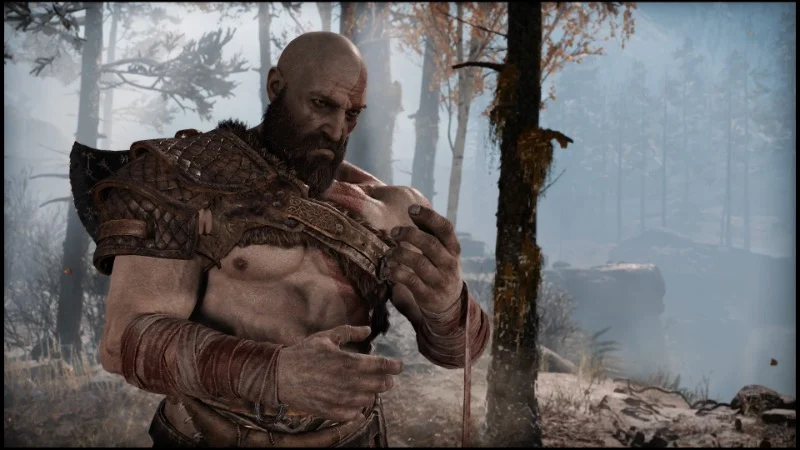
‘God of War’ featured carefully designed combat, mixing ways to manage groups of enemies with precise timing and helpful on-screen cues for bigger opponents. The game’s levels combined challenging puzzles, platforming sections, and dramatic camera angles to create exciting moments.
Santa Monica Studio significantly evolved the story of the main character during the Norse saga, while also making the combat system more complex and rewarding. They did this by expanding weapon options, gear customization, and how companions work together in battle, all while maintaining the impactful feel of each hit and making enemy attacks easy to anticipate.
Cloud Strife
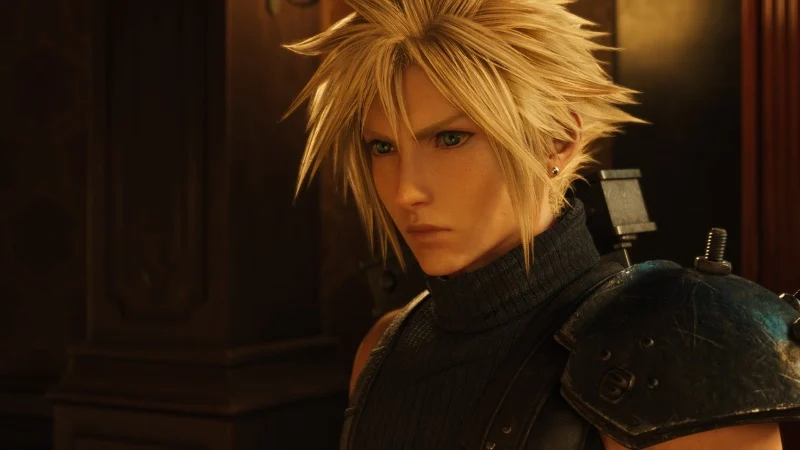
‘Final Fantasy VII’ centers around Cloud Strife and features a dynamic battle system with fast-paced action, customizable character abilities through Materia, and powerful limit breaks. The game’s world blends futuristic cities with traditional fantasy elements, creating diverse and engaging battles.
Square Enix continued the story with spin-off games and a multi-part remake. This remake updated the battle system but kept the familiar character designs, iconic weapons, and core themes from the original game.
Geralt of Rivia
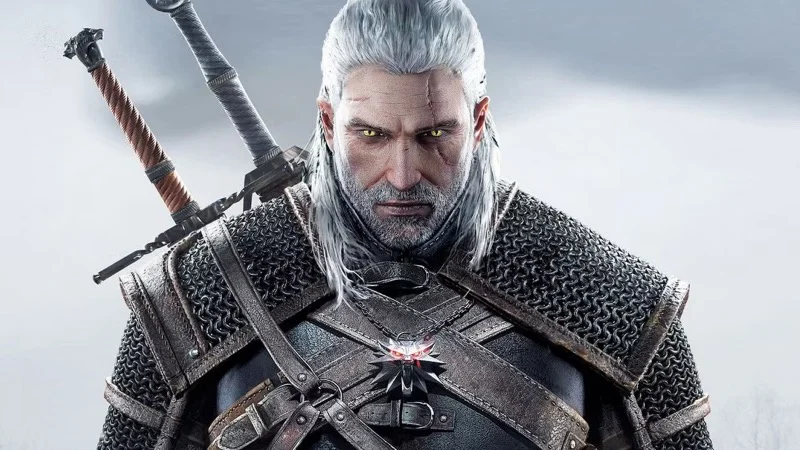
Geralt’s adventures in ‘The Witcher’ were built around taking on contracts and making choices that mattered. Before each monster hunt, players carefully prepared using oils, potions, and magical signs. Detailed information about each monster – their weaknesses and how to fight them – was also provided, adding depth to the world.
In ‘The Witcher 3’, CD Projekt Red created a rich, open world and filled it with quests that offered meaningful choices and focused on personal, character-driven narratives. The game’s combat combined skillful dodging and blocking with the use of potions and other alchemical items.
Gordon Freeman
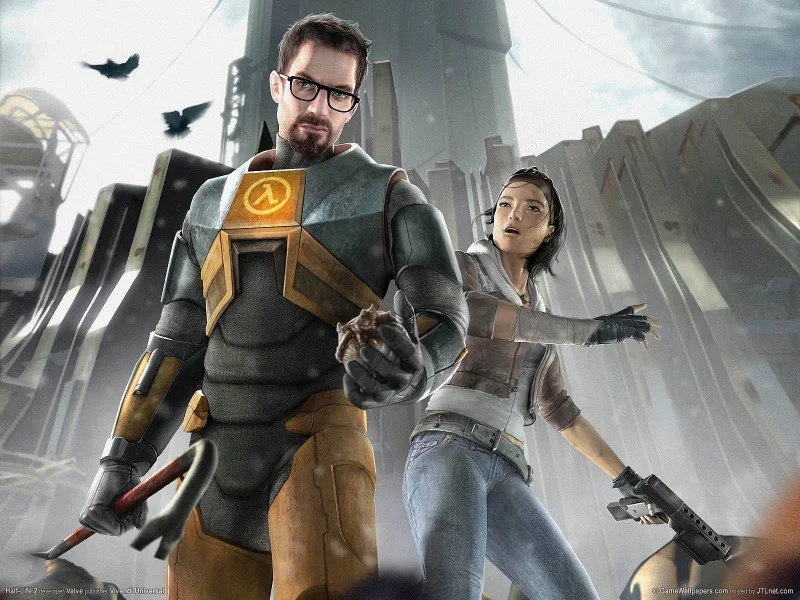
In ‘Half-Life,’ Gordon Freeman experienced a smooth, uninterrupted story. The game moved the plot forward using puzzles and events that happened naturally within the environment, all while letting players stay in control. This kept the game’s pace flowing consistently.
Valve built realistic physics into their games, impacting both fighting and puzzle-solving. They then released chapters over time, allowing them to improve the game’s pacing and level design while still letting players experience the story without a speaking main character.
Ellie
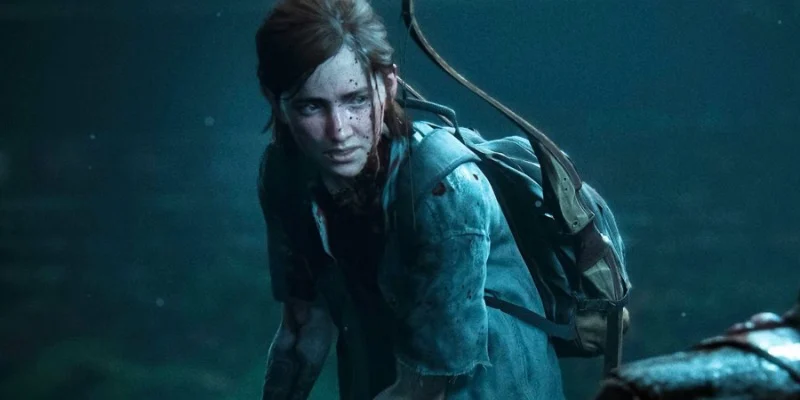
In ‘The Last of Us,’ playing as Ellie emphasized sneaking past enemies, carefully making items, and managing scarce ammunition, which made every fight feel incredibly stressful. The game’s levels were cleverly designed with clear lines of sight, a sound-listening ability, and plenty of hiding spots, guiding players along the best paths.
Naughty Dog focused on realistic character movements and reactions, ensuring animations changed based on nearby objects and interactions. Gameplay encouraged a stealthy approach, and engaging in direct combat carried significant risks.
Ezio Auditore
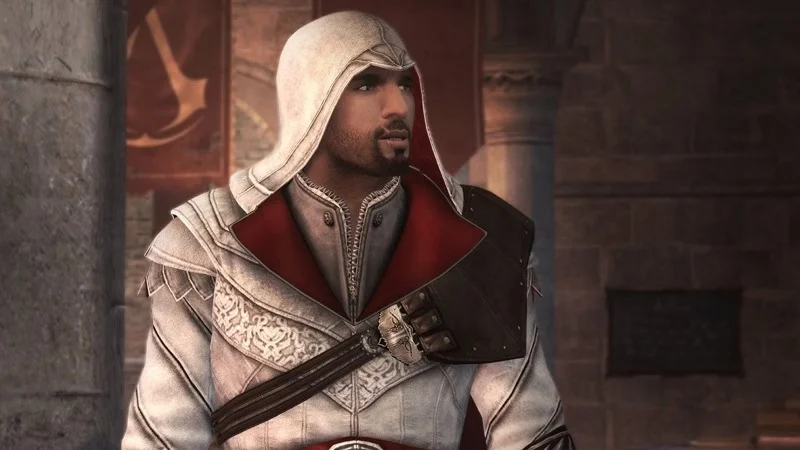
Throughout the ‘Assassin’s Creed II’, ‘Brotherhood’, and ‘Revelations’ games, players followed Ezio’s story while exploring cities in new ways. He could run freely across rooftops, use a hidden blade for quick attacks, and blend into crowds to stay hidden. Missions combined scripted sequences with more open-ended goals, offering a mix of guided and free-form gameplay.
Ubisoft Montreal enriched the game with detailed economic elements, helpful guild members, and base-building features. They still emphasized quick exploration and scouting – using climbing and strategically chosen viewpoints – to discover new areas and start new missions.
Arthur Morgan
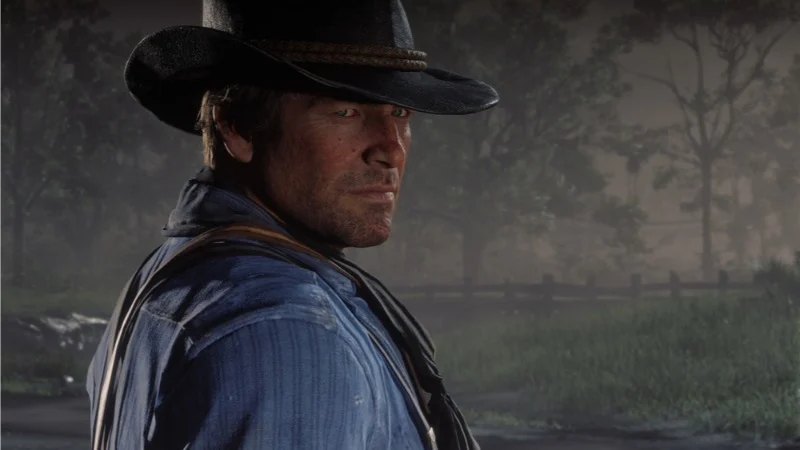
Arthur Morgan’s journey in ‘Red Dead Redemption 2’ was enhanced by detailed systems for tracking his honor, managing the gang’s camp, and maintaining his weapons. The game also featured strong connections with your horse, unpredictable events, and realistic animations that made even traveling and everyday tasks feel meaningful.
Rockstar Games created a detailed and immersive frontier world. Missions were designed to feel like movies, with straightforward objectives, and the open world felt alive, reacting to the player’s actions through realistic law enforcement and natural environmental details.
Share the characters you would add to this list in the comments and tell us why they belong.
Read More
- Silver Rate Forecast
- Gold Rate Forecast
- Красный Октябрь акции прогноз. Цена KROT
- Navitas: A Director’s Exit and the Market’s Musing
- Unlocking Text Data with Interpretable Embeddings
- VOOG vs. MGK: Dividend Prospects in Growth Titans’ Shadows
- XRP’s Wrapped Adventure: Solana, Ethereum, and a Dash of Drama!
- Itaú’s 3% Bitcoin Gambit: Risk or Reward?
- Investing in 2026: A Tale of Markets and Misfortune
- Ethereum’s $3K Tango: Whales, Wails, and Wallet Woes 😱💸
2025-10-11 05:16